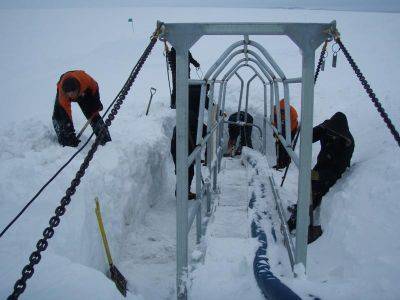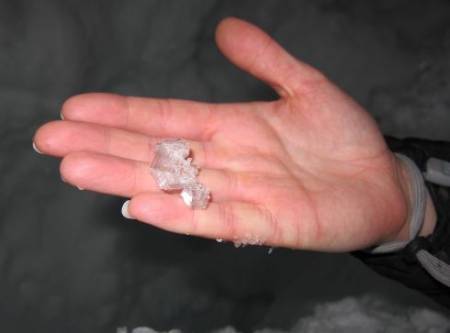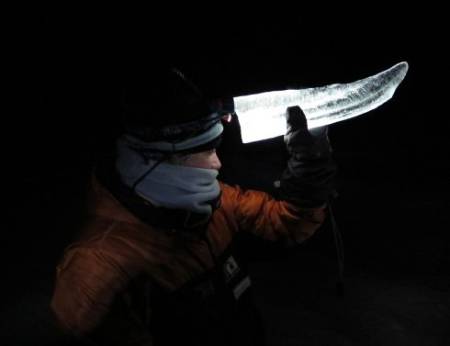Author: Jana
Date: 12 November 2012
Temperature: -12 °C
Wind Speed: 20 knots
Temp with wind chill: -38 °C
Sunrise: n/a
Sunset: n/a
One of the first tasks that we usually tackle when we arrive at the historic huts is to remove some of the massive amount of snow that has accumulated around the buildings during the winter. At both Shackleton’s hut at Cape Royds and Scott’s hut at Cape Evans, drifting snow piles up each year in the lee of the buildings, burying artefacts and pushing up against the walls of the structures themselves. If this snow is left in place, it can turn into a thick layer of ice that becomes nearly impossible to remove, or it melts slowly in the summer sun, which can cause water damage to the walls of the buildings and to the objects sitting outside. That’s why we make sure to dig it out while it is still in a perfectly snowy, shovel-able state!
It usually takes several days of dedicated digging to remove all of the snow in question: we take turns hacking away at the deeper parts of the drifts or gingerly brushing where we know the artefacts are buried, and then we haul all of the loose snow by wheelbarrow or sled away from the building so it can melt where it won’t cause any damage. As anyone who has shovelled out their driveway after a snowstorm knows, it is hard work wielding a shovel all day long, and we definitely feel like we’ve earned our lunches on digging days!
Snow on the north side of Scott's hut upon our arrival
A day's worth of digging got us this far!







